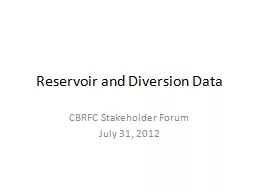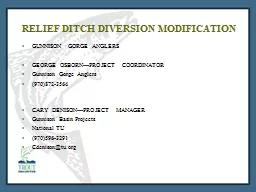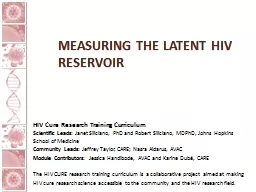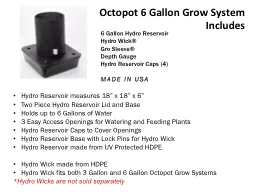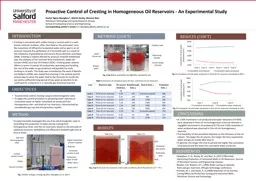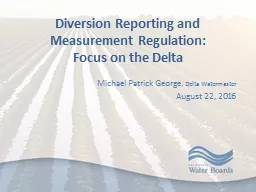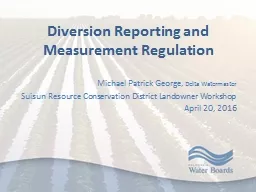PPT-Reservoir and Diversion Data
Author : tatiana-dople | Published Date : 2016-03-26
CBRFC Stakeholder Forum July 31 2012 Model Data There are 90 reservoirs and over 150 diversions included in our hydrologic model We calibrate the model to natural
Presentation Embed Code
Download Presentation
Download Presentation The PPT/PDF document "Reservoir and Diversion Data" is the property of its rightful owner. Permission is granted to download and print the materials on this website for personal, non-commercial use only, and to display it on your personal computer provided you do not modify the materials and that you retain all copyright notices contained in the materials. By downloading content from our website, you accept the terms of this agreement.
Reservoir and Diversion Data: Transcript
Download Rules Of Document
"Reservoir and Diversion Data"The content belongs to its owner. You may download and print it for personal use, without modification, and keep all copyright notices. By downloading, you agree to these terms.
Related Documents

